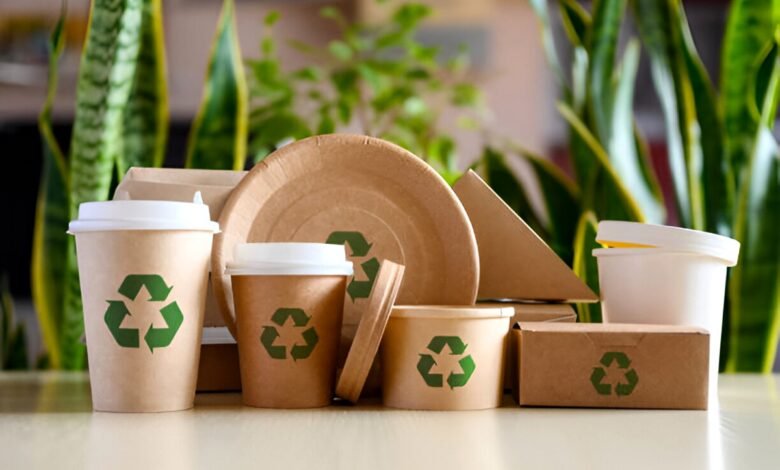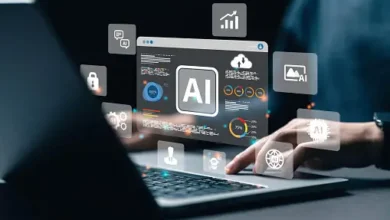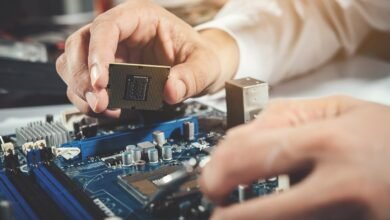The Use of IoT in Reusable Cups (2024)

Disposable cups have become common in the modern rapid-fire world, greatly increasing the amount of garbage produced worldwide. However, the Internet of Things (IoT) is starting to show itself as a formidable ally in the fight against waste, with creative use cases that encourage recycling and the usage of IoT in reusable cups. Sustainable business practices are made possible by this change, which also benefits the environment.
Businesses may create new opportunities to lower their carbon footprint, enhance environmental operations, and even save operating expenses by learning about and using modern innovations like reusable cups. Additionally, it is the corporate social responsibility to adopt innovative practices that advance sustainability, foster a more moral workplace culture, and assist businesses in advancing the IoT for good purpose.
The Complications with Disposable Cups
Billions of single-use cups find their way into landfills annually, posing a significant environmental threat. These cups’ plastic liner frequently makes recycling them challenging, and the process of making and discarding them increases pollution and carbon emissions. It is imperative that this issue be addressed for the following reasons:
- Mitigating the effects on the environment
- Improving the social responsibility of corporations
- Meeting consumer demand for environmentally friendly methods
Related: IoT in Manufacturing: Towards a Smarter Future
Using IoT in Reusable Cups
The Internet of Things (IoT) is transforming how we handle reusable cup systems, making them more efficient and user-friendly. Companies can, however, use IoT technology to develop smart systems that track and manage the entire lifecycle of reusable cups, from distribution to return and cleanliness.
Key IoT-Enabled Features
- Smart Return Stations: IoT-enabled return stations allow consumers to conveniently return used cups. These stations can be outfitted with sensors that track the number of cups returned, assuring prompt collection and reducing overflow.
- Real-Time Tracking: IoT devices can monitor the position and status of reusable cups, providing useful information about usage patterns and assisting in the optimisation of distribution and collection procedures.
- Automated Cleaning and Redistribution: After collection, cups are routed to cleaning facilities where IoT technology ensures they are sanitised in accordance with industry standards. After cleaning, the cups can be redistributed to complete the cycle.
- User Engagement: IoT can improve the user experience by delivering real-time information about the availability of return stations and promoting sustainable habits via apps and notifications.
IoT For Good
The use of IoT in reusable cup systems is a huge step forward in trash control and sustainability. By implementing such innovative solutions, organisations can reduce their environmental impact, improve their public image, and fulfil the growing demand for sustainable practices.
Kooky is leading the way in Switzerland with a unique approach to takeaway beverage containers. The Kooky programme substitutes throwaway cups with reusable Kooky cups, resulting in a closed-loop system that greatly reduces waste while minimising environmental effects. Users return these cups to authorised Kooky return boxes, which are collected, completely cleaned, and delivered to partner companies.
Learn more about how IoT is changing trash management and boosting sustainability by downloading this case study on Kooky’s successful implementation of a reusable cup system. Learn how your company can join the movement and have a good impact on the environment.











